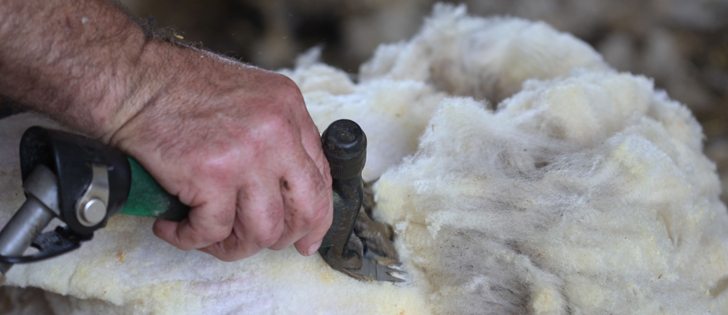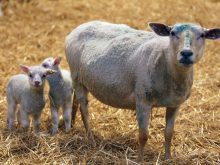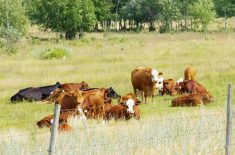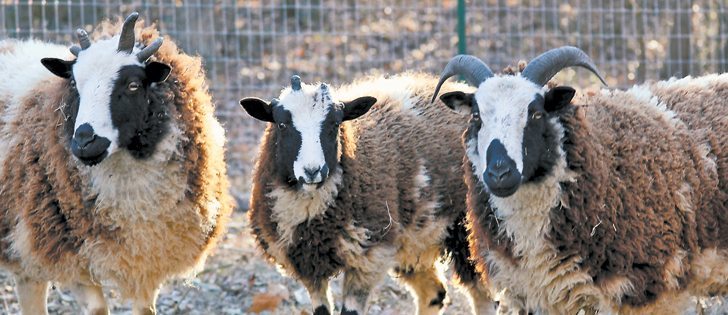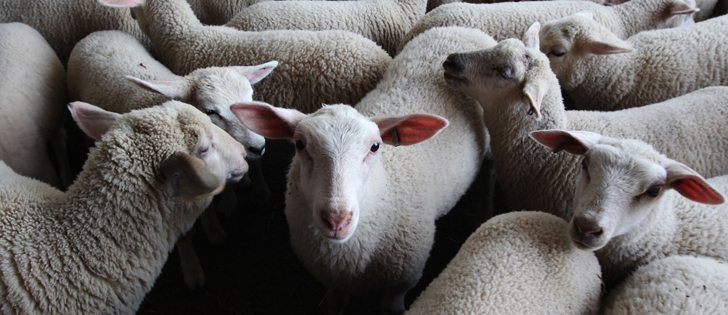The Chinese government is making new uniforms for its military and government workers, but those garments won’t contain much Canadian wool.
However, such large quantities of wool needed for this project could affect other parts of the wool market, said Canadian Co-operative Wool Growers general manager Eric Bjergso.
“Unfortunately, our fine wool production is such a small percentage of our clip that some of it might be, but our volume of that wool unfortunately is not high, so I don’t expect we’ll see too much Canadian wool in the Chinese uniforms,” he said after the co-op’s general meeting Oct. 21.
Read Also

Canadian Food Inspection Agency extends chronic wasting disease control program consultation deadline
Date extended for consultation period of changes to CWD program
“Most of the fine wool they’re using is finer that what our fine wool is. It will be 21 micron and finer, and our fine wool is mostly between 22 and 25 micron.”
Bjergso made his ninth trip to China in September to attend the annual Nanjing Wool Market Conference and sold several containers of graded Canadian wool.
“It’s been a little tough to sell into that market the last 18 months,” he said.
“I didn’t have high expectations just because of the way the market was for the coarse wools, but we did better than I thought. So that was, I hope, a good sign that the coarser wool market is on the rise.”
In his report to members, Bjergso said there is a major difference in price between coarse and fine wool. Record prices have been achieved in the past year for the latter type of 22 micron and finer.
He said international branding of Merino wool, along with new products that blend wool with synthetics, are likely reasons.
“The broader crossbred wool market has struggled the past 18 months, and to this point in time has not been able to ride the coattails of the rising fine wool market,” Bjergso said in his report.
China, which accounts for 63 percent of exports from the five top wool exporting countries, is the price setter, and it has a surplus of coarse wool products.
Canadian sheep producers tend to focus on breeds with dual purpose: meat as well as wool. Many of those breeds produce coarser wool, Bjergso said.
“The bulk of the Canadian clip would be between 29 and 35 micron because the breeds that we have here, everybody is primarily focused on commercial lamb production … so those breeds that we have tend to be a coarser, lighter fleece.
“It’s not carpet wool. It’s still a clothing type wool for blankets, sweaters, hand knitting yarns or coating fabrics, so it’s well suited to those types of applications.”
He said there are good dual-purpose breeds in Canada, and wool growers try to encourage use of those that produce good fleece as well as meat, “but it’s up to the producer at the end of the day.”
Sheep numbers have been falling in Western Canada in recent years, but Bjergso said that hasn’t greatly affected the wool growers co-op.
He speculated the West could see a drop in production this year because of a dry summer and resulting higher feed expenses.
“Last year we had some slippage but we think it was mainly due to drought conditions in Eastern Canada, expensive feed, high cull ewe prices, which meant that producers could cull quite rigidly. It appears that’s what happened.”
CCWG president David Mastine was asked about the effect of a split among Canadian sheep producers last year, which saw formation of the National Sheep Network when Alberta, Ontario and Quebec groups split from the Canadian Sheep Federation.
Mastine said the wool growers are not taking sides in the matter, but “we want to see a national voice.”
Bjergso echoed that sentiment in a later interview.
“We feel it’s very important for the industry to have a unified voice that represents Canadian producers from coast to coast. That’s the mandate that we have.
“I’m not sure how we’re going to achieve that, but certainly that has to be the end result because government is only going to look for one unified voice.”
CCWG members at the annual meeting also attended the grand opening of a new 14,000 sq. foot facility east of Lethbridge.
The Lethbridge facility used to be in the city’s downtown, but the age of the building and limited parking were challenging in recent years. The former building has been sold to the Long and McQuade music store.


